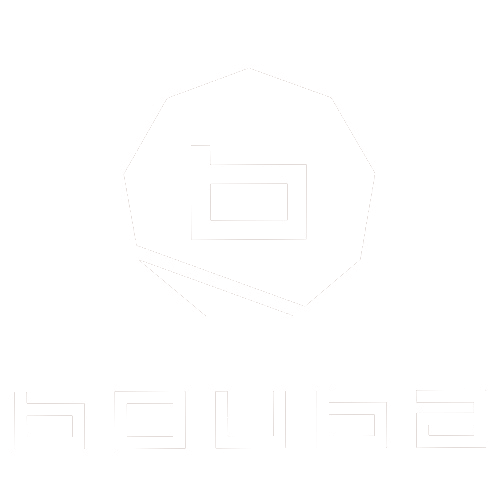Ask a client what they want, and they’ll say things like “I want my eyes to pop,” or “I feel like my eyes look tired.” These are not vague complaints—they’re rooted in real anatomy, and often the missing link is eye direction and lid weight.
“Before you apply product, you must learn to read the face. The eyes are the punctuation marks of the soul.”
At Bouba World, we train artists to see the silent architecture of each face. Understanding where the eyes point and how heavy the lids sit determines everything from brow placement to eyeshadow strategy, from liner shape to photographic angles.
This blog is your essential guide to analyzing and working with two of the most important features in professional eye design: direction and weight.






